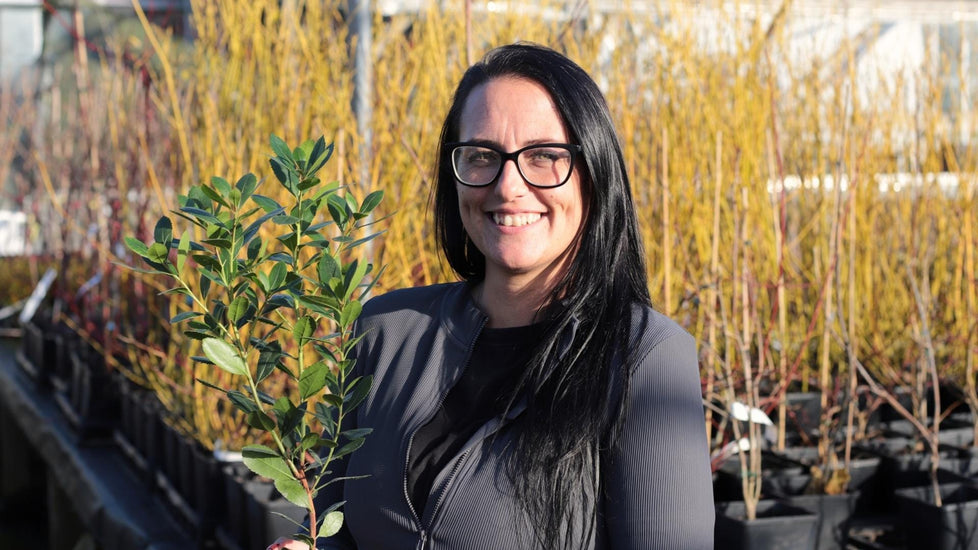Redcurrant and Blackcurrant Bushes
Growing currants is easy and produces large crops of delicious berries packed with nutrients, as well as attracting pollinators to your garden. Our blackcurrants are Scottish bred varieties grown outdoors so they’re used to inclement weather and are guaranteed to grow strong and healthy in any area of the UK. Currants are best eaten fresh and are rarely found in the shops, so the best way of getting your supply of this very British superfood is to grow your own!
Need help picking?Sort and filter
South Downs National Park
Meet Danielle
110 years' expertise free with every plant
You simply can’t buy better fruit plants and here’s why. Danielle grows them outdoors, just like our nursery has done since 1908, so they’re more than a match for the UK weather. Danielle only has time for the top performing varieties, meaning that you can be assured of a successful (and blooming tasty) soft fruit crop.
Need help picking?
Currant FAQs
What types of currant plants can I grow in the UK?
All types of currants are easy to grow in the UK, including including blackcurrants, redcurrants, pinkcurrants and whitecurrants.
When is the best time to plant currant bushes?
Bare root currant plants need planting between November and March while they’re dormant, but potted currant plants can be planted at any time of year as long as the ground is workable and not waterlogged.
What kind of soil do currants prefer?
Plant your currants in well drained, fertile soil, preferably with a pH between 6.0 and 6.5, but they’ll be fine in most ordinary garden soils. They prefer a sunny location but are also productive in partial shade. They’ll do even better if you mix in plenty of compost or well rotted manure when planting.
How do I plant currant bushes?
To plant your currant bush, dig a hole large enough to contain the roots and position the plant in the centre, at the same depth it was growing in its pot. If you’re planting more than one, space them 1.5-2m apart to allow for spreading. Fill in the hole with soil, adding compost or manure, then firm in your plant gently and give it a good watering. For more planting tips, see our growers’ guide.
How often should I water currant plants?
Water your currant plant regularly, especially when the weather is hot or dry. Once a week is usually fine, to keep the soil consistently moist but not waterlogged, and you can ease off in autumn and winter, when the rain will be enough.
What kind of fertilisation do currants require?
For the best results, give your currants a feed with general purpose plant food in early spring, then lay down some mulch around the plant to help keep moisture and nutrients in the soil.
How do I prune currant bushes?
Blackcurrants should be pruned in late winter or early spring, removing any old, unproductive wood to encourage new growth. Red, white and pink currants should also be pruned in late winter or early spring, cutting back the new growth by about half to encourage a good, productive shape, and removing any dead wood.
When are currants ready to harvest?
Depending on which variety you have, your currants will be ready to harvest between midsummer and early autumn. Blackcurrants are ripe when the berries are fully black, and other currants when they’re firm and brightly coloured. Harvest your currants by cutting off the sprays, then picking off the individual currants once you get them indoors.
Can currants be grown in containers?
Currants grow really well in containers, although they may eventually grow too large for them. If this happens, you’ll have to repot to a larger container, replant in the ground or prune your plant to fit. Choose a pot with good drainage holes, that’s at least 45cm wide and deep. Container grown plants will need more regular watering and feeding than those in the ground.








